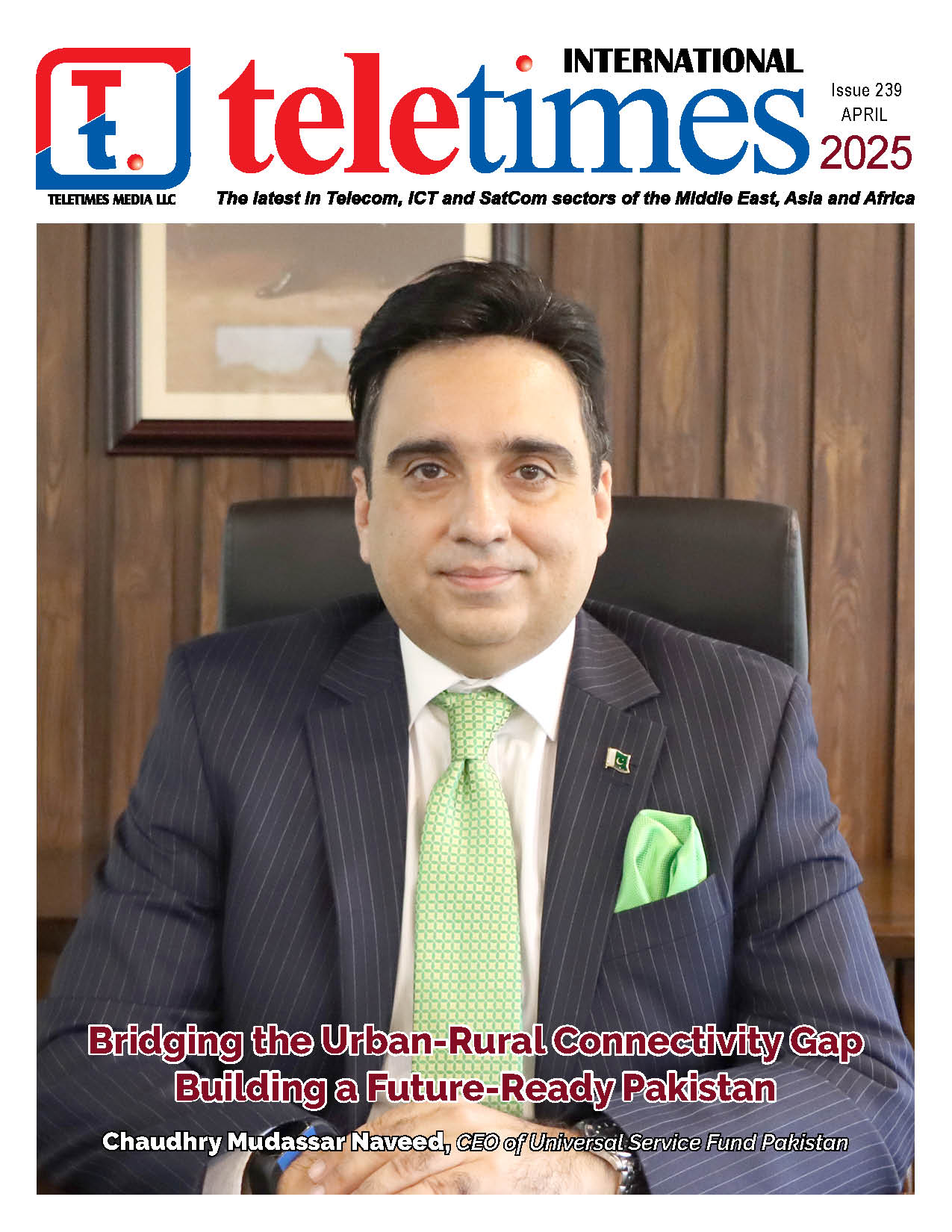
By Naveed ul Haq
The Internet continuous to evolve as a dynamic and prevailing source of information. This connected world has something for everyone, a great value of learning and productivity. The widespread adoption of Internet (present global users crossing 2 Billion marks) especially among the children and youth is bringing upon challenges / issues as well, the extent of pornography in cyberspace and its consequences remain a core. Blocking porn content has been on the agenda of public institutes dealing with Internet policy and regulations subjects. Child Online Protection (COP) is one specific terminology addressing this particular content type since children around the globe are the most vulnerable segment of a society in terms of threats / harm posed by porn content. Although, COP is not limited to safeguarding kids from porn content only, it includes a broader issues framework.
Blocking content is not an easy task when we discuss its stoppage at a national level. It’s not like installing block list software in a LAN environment. It does ask for a detail consultation with stakeholders to declare a more sustainable and clear national strategy to block a particular content. The continued expansion of the Internet can be hampered by blocking content upfront resulting off-putting attitudes towards Internet access in some sectors of a society.
In general, the whole Internet content is being represented through URLs or web addresses. Blocking of content has been performed by blocking URLs at national Internet gateways in economies like Saudi Arabia, UAE and Pakistan. However, when it comes to porn content there are a good set of software solutions available, in fact porn is the only content type (if I am right here) where specific filtering techniques have been applied in form of a software application solution (targeting the application layer in context with OSI layers). You may not find such filters for anti-religion, anti-national, anti-social or other content under blocking practices.
Recently, a broadband service provider in Pakistan introduced a specific parental control package to its subscribers with less than 2 USD per month extra charges. The operator is offering Net Nanny (a popular parental control solution) service to subscribers opting for parental control service on their broadband connection. Another recent example of such practice is been observed at UK. According to details, a drive backed by the UK Prime Minster David Cameron will see ISP customers’ in greater controls to manage how they access sexually explicit websites on their phones, tablets and computers at home. 4 major ISPs of the country have developed a code of practice to encourage an active choice based parental control service. In UK, the service is expected to be free of any charge.
In Australia also, the Internet Industry Association (IIA) has prepared specific guidelines to assist Australian ISPs to comply with the regulatory framework for online content. These requirements have been prepared as a result of both industry and end-user consultation while taking on board the Australian Communications and Media Authority (ACMA). These rules present a rational balance between enabling positive protection for the subscriber as well as for the industry to carry on their network operations without excessive cost. The approach focuses on empowering end-user by providing them both the tools and information to take greater control of content accessible via the Internet. Under the registered codes of practice for content regulation, ISPs are required to; take reasonable steps to ensure that Internet access accounts are not provided to persons under the age of 18 years without the consent of a parent, teacher or other responsible adult, must make available a scheduled Filter or optional filtered service to the end-users and provide users with information describing methods by which receipt of unsolicited email promoting offensive material can be minimized.
These examples show an encouraging and more appropriate development with regards to COP as well. It is a more sustainable way to enable an environment to the subscribers to manage the type of content on his own choice rather than blocking URLs / websites at a national level. Blocking a particular content completely over Internet is not at all easy; it requires a lot of resources, investment by public and private sector, continuous updating and even resistance from the society (adult entertainment advocacy). It is eminent to follow a more inclusive approach while taking policy / regulatory decisions related with Internet and its content as the Internet world is engaging every corner of a society. Public policy and regulatory institutes in developing economies may also look forward to adopt such best practice models in order to endorse national COP Frameworks. Even from an operator point of view such parental control offers may bring a business case as well. They may introduce parental control as a value added service charging a minimum amount to their subscribers. Sounds like a Win-Win situation.
April 18, 2025










